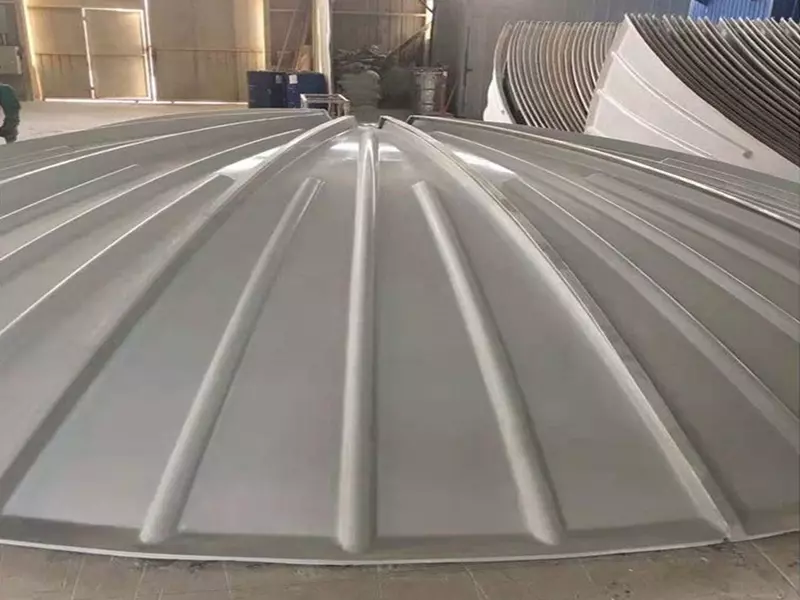Environmental Waste Gas Treatment Science Popularization - Shoe Factory Waste Gas Treatment Plan
The shoe-making industry is a huge industry, but at the same time, it is also an industry that has a significant impact on the environment. The exhaust gas generated during the shoemaking process not only poses a threat to the health of employees, but also pollutes the surrounding environment. Therefore, the research and implementation of shoe exhaust gas treatment schemes are particularly important. This article will provide a detailed introduction to the relevant content of shoe exhaust gas treatment solutions, including exhaust gas sources, treatment technologies, and implementation suggestions.

1、 Source of exhaust gas
The exhaust gas generated during the shoemaking process mainly comes from the following aspects:
1. Solvent volatilization: The solvents used in the shoemaking process can emit harmful gases such as benzene, formaldehyde, etc.
2. Combustion exhaust gas: The exhaust gas generated by the combustion of fuel used in the shoemaking process, such as carbon dioxide, carbon monoxide, etc.
3. Oil fume emissions: The exhaust gas emitted by the range hood used in the shoemaking process contains a large amount of particulate matter and organic matter.
4. Organic solvent exhaust gas: The exhaust gas generated by the volatilization of organic solvents used in the shoemaking process, such as ketones, alcohols, etc.
2、 Processing technology
In order to effectively treat shoe exhaust gas, the following treatment techniques can be adopted:
1. Combustion treatment: High temperature combustion of exhaust gas to convert harmful gases into harmless substances such as carbon dioxide and water. This method is suitable for the treatment of combustion exhaust gas and organic solvent exhaust gas.
2. Adsorption treatment: Using adsorbents to adsorb harmful substances in exhaust gas, such as activated carbon, molecular sieves, etc. This method is suitable for the treatment of solvent evaporation and oil fume emissions.
3. Catalytic treatment: Using catalysts to convert harmful substances in exhaust gas into harmless substances, such as catalytic combustion and catalytic oxidation. This method is suitable for the treatment of organic solvent waste gas.
4. Biological treatment: Using microorganisms to degrade organic matter in exhaust gas and convert it into harmless substances. This method is suitable for the treatment of oil fume emissions. #Waste gas treatment equipment#
3、 Implementation suggestions
In order to effectively implement the shoe exhaust gas treatment plan, the following suggestions can be taken:
1. Regular testing: Regularly test the exhaust gas generated during the shoe-making process to understand its composition and concentration, providing a basis for subsequent treatment.
2. Choose the appropriate treatment technology: Based on the composition and concentration of the exhaust gas, select the appropriate treatment technology for treatment to ensure that the exhaust gas treatment effect meets the standard requirements.
3. Install appropriate equipment: According to the selection of exhaust gas treatment technology, install corresponding treatment equipment such as combustion furnaces, adsorbers, catalysts, etc.
4. Proper maintenance and management: Regularly maintain and manage the exhaust gas treatment equipment to ensure its normal operation and stable treatment effect.
5. Training employees: Strengthen employees' environmental awareness and operational skills training, improve the efficiency and quality of waste gas treatment.
